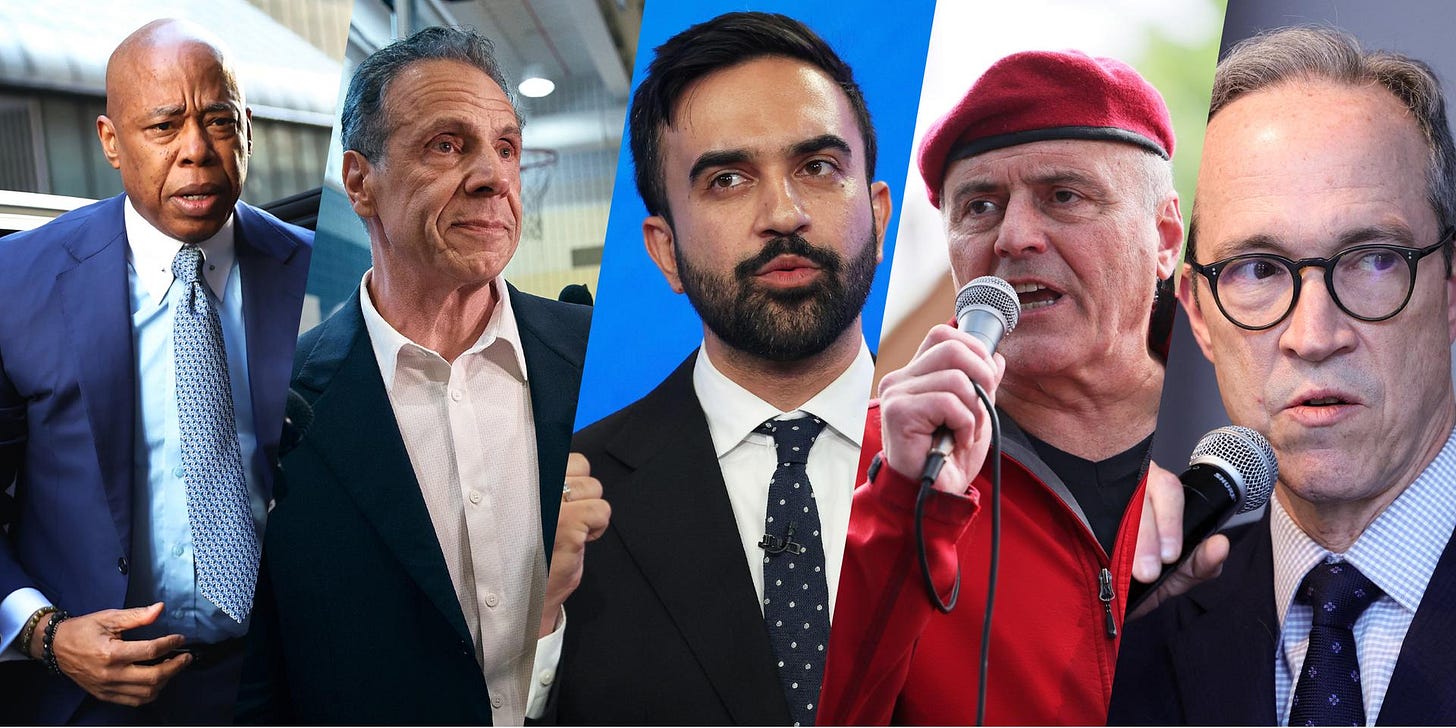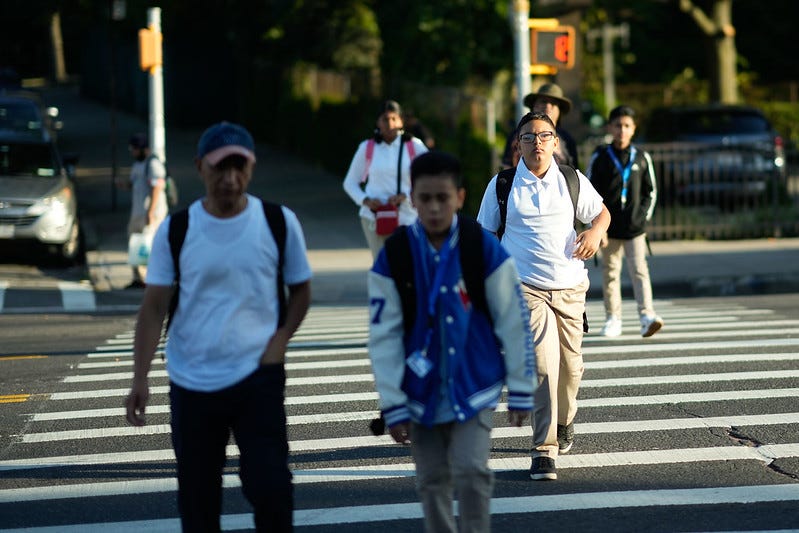Back To School
When it comes to education, the next mayor will have unrestrained power to deliver on his promises.
With weeks to go before New York City’s general election, much of the debate has centered on the limits of mayoral authority. But in the two departments where the next mayor’s power is nearly absolute—schools and police—the stakes are highest.
Frontrunner Zohran Mamdani, a democratic socialist, has built his campaign around dismantling two decades of mayoral control in favor of what he calls “co-governance.” He pledges to shift authority to Community Education Councils and educators, restrict charter school growth, and scrap selective gifted-and-talented programs he views as exclusionary. He is building on what former mayor Bill de Blasio started.
For reformers, this is a red flag. Former schools chancellor Joel Klein (Bloomberg administration) recently warned that curbing charters—now educating over 150,000 mostly Black and Latino children—would strip low-income families of crucial options and drive more middle-class parents out of the public system. In some of the city’s school districts, more children attend charter schools than district schools already. Mamdani, aligned with the teachers’ union, argues charters drain resources and entrench inequality.
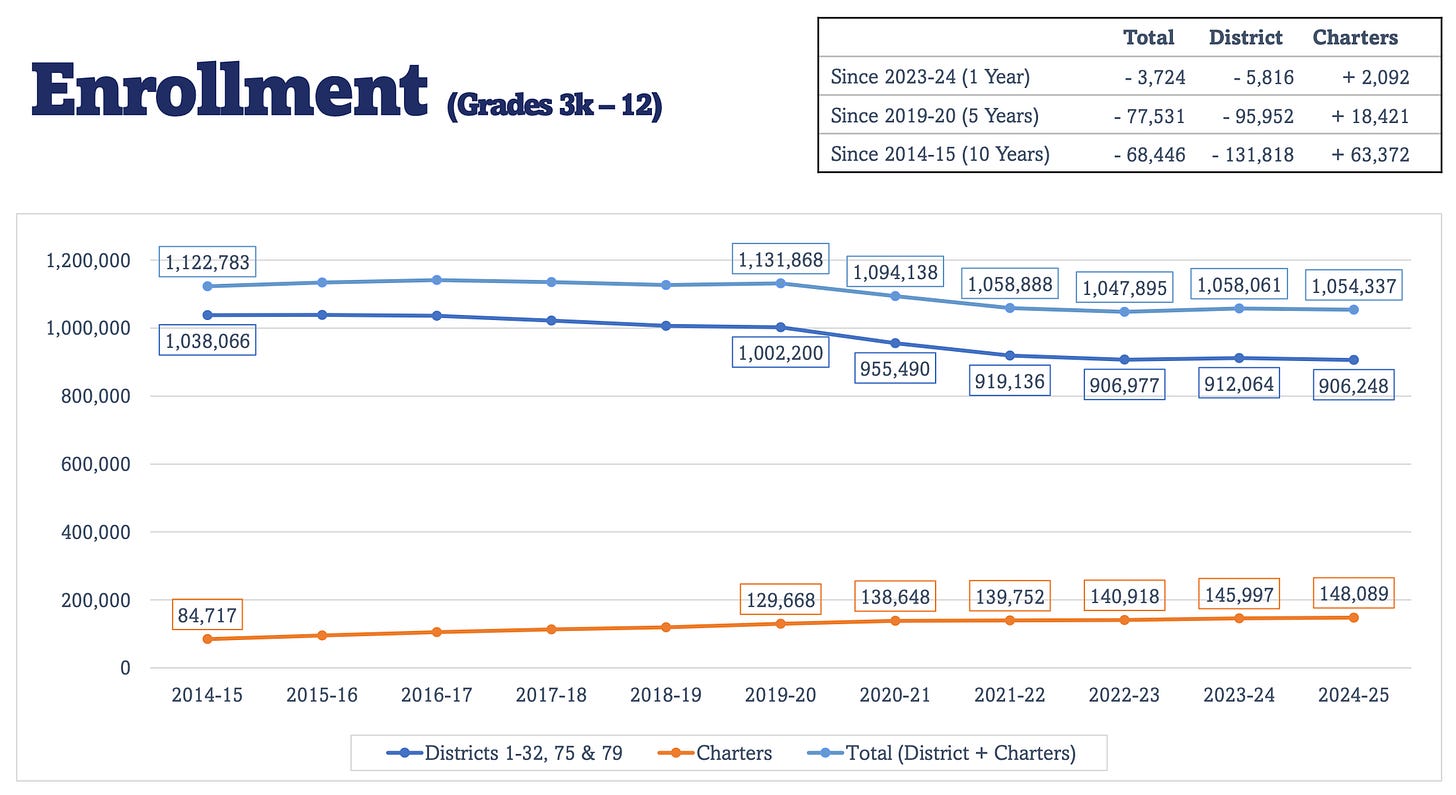
His main opponent, Andrew Cuomo, a Democrat running as an independent after losing to Mamdani in the primary, offers the mirror image on these points: maintaining mayoral control, expanding charters, and doubling the number of specialized high schools while protecting the SHSAT. He has even floated converting failing schools into charters.
Years of policy whiplash—from de Blasio’s de-screening and G&T shakeup to current Mayor Adams’s partial rollbacks—have left families frustrated. Despite spending more than any other city, over $40 billion, enrollment is falling, safety concerns rising, and parents consistently cite the absence of rigor and safety as reasons for leaving the school system—and the city.

Mamdani insists equity and participation are the answer. My colleagues counter that his plan risks a return to fragmented governance and fewer options, accelerating the quiet exodus already underway.
Families want standards, safety, and stability. When it comes to education, the next mayor will have unrestrained power to deliver on his promises.
Campaign Update
The mayoral race took a turn this week, with multiple outlets reporting that Eric Adams is being considered for a Trump administration role if he ends his struggling re-election campaign, and that the president is pressuring long-shot contenders to exit the race by next week in a bid to block a socialist-run City Hall. Those who drop out before September 11 will not be listed on the ballots. Jim Walden dropped out this week.
Former Mayor Bill de Blasio endorsed Mamdani, drawing attention to Mamdani’s ambitious social agenda. However, history shows that the realities of state politics and unpredictable events often disrupt the boldest plans, including his own.
Rep. Ritchie Torres may be right that Trump’s “not-so-subtle endorsement in a New York City election is nothing short of the kiss of death.” Then again, New York politics is nothing if not volatile.
Risky Drop-outs: Why the CFB Needs Transparency and Limits
Why do we promise candidates an 8‑to‑1 match to encourage them to run, but then impose opaque discretion and financial penalties when they decide the responsible course is to bow out?
After qualifying for public matching funds in New York, candidates face a maze of complex compliance rules, continual reporting demands, and discretionary oversight by the Campaign Finance Board (CFB). This leaves them vulnerable to unexpected repayment obligations or penalties if they withdraw early or fail to strictly adhere to the Board’s interpretations. Candidates who exit before an election may be required to return “excess” funds—that is, any matching funds the CFB later determines were more than they were entitled to receive—or repay “surplus” funds if campaign money remains after debts and legitimate expenses are resolved.
On top of that, expenditures deemed not to be “qualified” campaign expenses can trigger additional clawbacks. These repayment obligations are often finalized only after drawn‑out, highly discretionary post‑election audits by the CFB. The result: significant financial uncertainty and potential legal exposure for candidates who choose to step aside, since most rules are only clarified long after their decision to withdraw.
John Ketcham's View:
Campaign seasons should have candidates jumping in, raising some money, and seeing where they stand after a while. If they don’t have a real shot, why penalize them for dropping out and not wasting more money? (Especially in the general election without Ranked Choice Voting, where dropping out is necessary to avoid spoilers.)
Sure, the risk is that frivolous candidates will jump in to spend public funds on political consultants and media friends, but that just means we should raise the qualification threshold.
As I see it, this mayoral season has shown the CFB to be inscrutable and in need of some reform. It also seems incongruous to hold out the promise of an 8‑to‑1 match, then give the CFB so much discretion that it can withhold matching funds without meaningful explanation. One reasonable reform package would be to raise the qualification thresholds, lower the match ratio, provide clear requirements for campaigns to receive this funding as‑of‑right, and then do comprehensive post‑election audits.
Ketcham is a senior fellow at the Manhattan Institute, focused on legal policy and electoral reform, and the Director of Cities.
Mamdani's Equity Plan For Schools
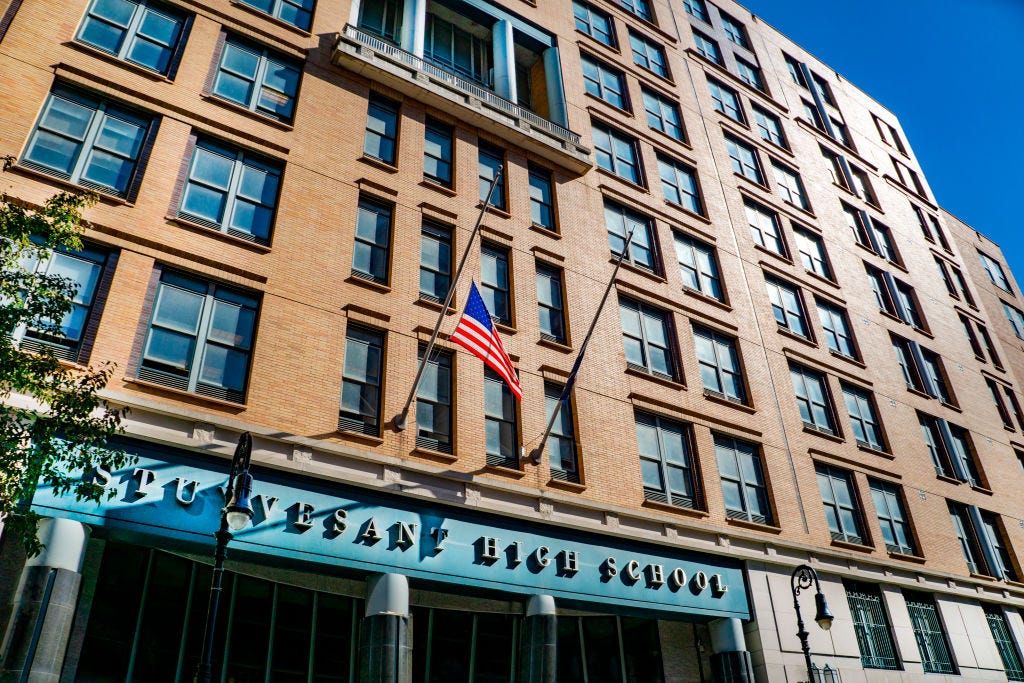
"As a Bronx Science alum and a former standardized test tutor, I’ve seen firsthand the promise and the failure of our specialized high schools and their admissions process. They are one example of systemic issues across our school system—the most segregated in the nation. My administration will focus on addressing the root educational causes of this segregation by implementing recommendations from the 2019 School Diversity Advisory Group’s at elementary and middle schools across our city and support an independent analysis of the Specialized HS exam for gender and racial bias." -- Zohran Mamdani, Chalkbeat mayoral questionnaire. (Emphasis mine).
What is SDAG, and what did its report recommend?
The School Diversity Advisory Group (SDAG) was established by New York City’s Department of Education in 2017 to promote racial and socioeconomic integration in public schools. Comprised of experts, educators, parents, and students, SDAG organized its nearly 100 recommendations around the "5Rs": Race and Enrollment, Resources, Relationships, Restorative Justice, and Representation. The group called for aggressive, district-based diversity goals, strengthened equity metrics, a Chief Integration Officer, and measuring school demographics as stepping stones to citywide integration. It pushed for transparent reporting and greater accountability on school diversity and climate.
Key SDAG proposals included ending admissions practices like screening and Gifted & Talented (G&T) testing, piloting inclusive enrichment models, redrawing district lines, and reforming how resources are distributed. SDAG also advocated for culturally responsive curricula, expanded student and parent leadership, and improved support for students with disabilities.
While most recommendations were formally adopted by city leaders, in practice, de Blasio’s administration implemented targeted integration pilots, reduced some selective admissions, and phased out G&T admissions tests. These changes sparked intense backlash from some parent groups, especially among white and Asian American families, leading to lawsuits, protests, and heated public debates over selective admissions and gifted programs.
Under Mayor Adams, many screens and G&T seats were restored. Mamdani has promised to dust off the plan and deliver on its promise.
But a policy reset should broaden the goals: Real progress will require making schools excellent for the children who attend them. And as the city's population continues to change, diversity simply can't be a central answer.
“Given the demographics of the city’s school system, efforts to improve educational opportunities for black and Hispanic students need to move beyond racial integration efforts”, MI’s Ray Domanico wrote back in 2018. “New York City is still going to be left with a tremendous number of middle schools—selective and nonselective— that are almost exclusively black and Hispanic. These schools need improvement if they are to offer greater educational opportunity to their students.”
An Education Agenda for New York City’s Next Mayor
New York City spends more per student than any other city, yet too many children still fall behind—and families see a system that refuses to change.
In a new Manhattan Institute report, Danyela Souza Egorov and Ray Domanico argue this is the result of political choices, not inevitabilities. De Blasio dismantled accountability, Adams hasn’t fixed it, and the next mayor can’t afford more drift.
They point to the Bloomberg years, when closing failing schools and demanding results delivered progress, as proof that disciplined reform works, and propose restoring school performance report cards, enforcing consequences for persistently failing schools, reducing chronic absenteeism, and keeping mayoral control of the system.
The takeaway: only transparency, choice, and high standards will make New York’s public schools a reason for families to stay, not leave.
The Price Of Congestion
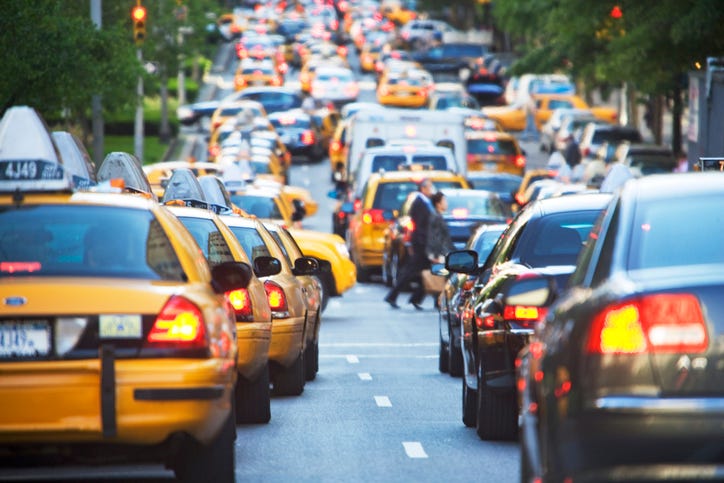
Waymo is piloting driverless cars in the city, but unlike San Francisco or Austin, nearly half of the city workers depend on transit. Cheap rides here would pull people off subways and buses and put more cars on already jammed streets, MI's Nicole Gelinas argues in The New York Times.
New York learned the risks in the 2010s, when Uber and Lyft's price wars worsened congestion until caps, pay rules, and surcharges reined them in. Driverless cars could undo that progress, Gelinas writes, arguing that the city should allow competition on comfort and quality, not price.



